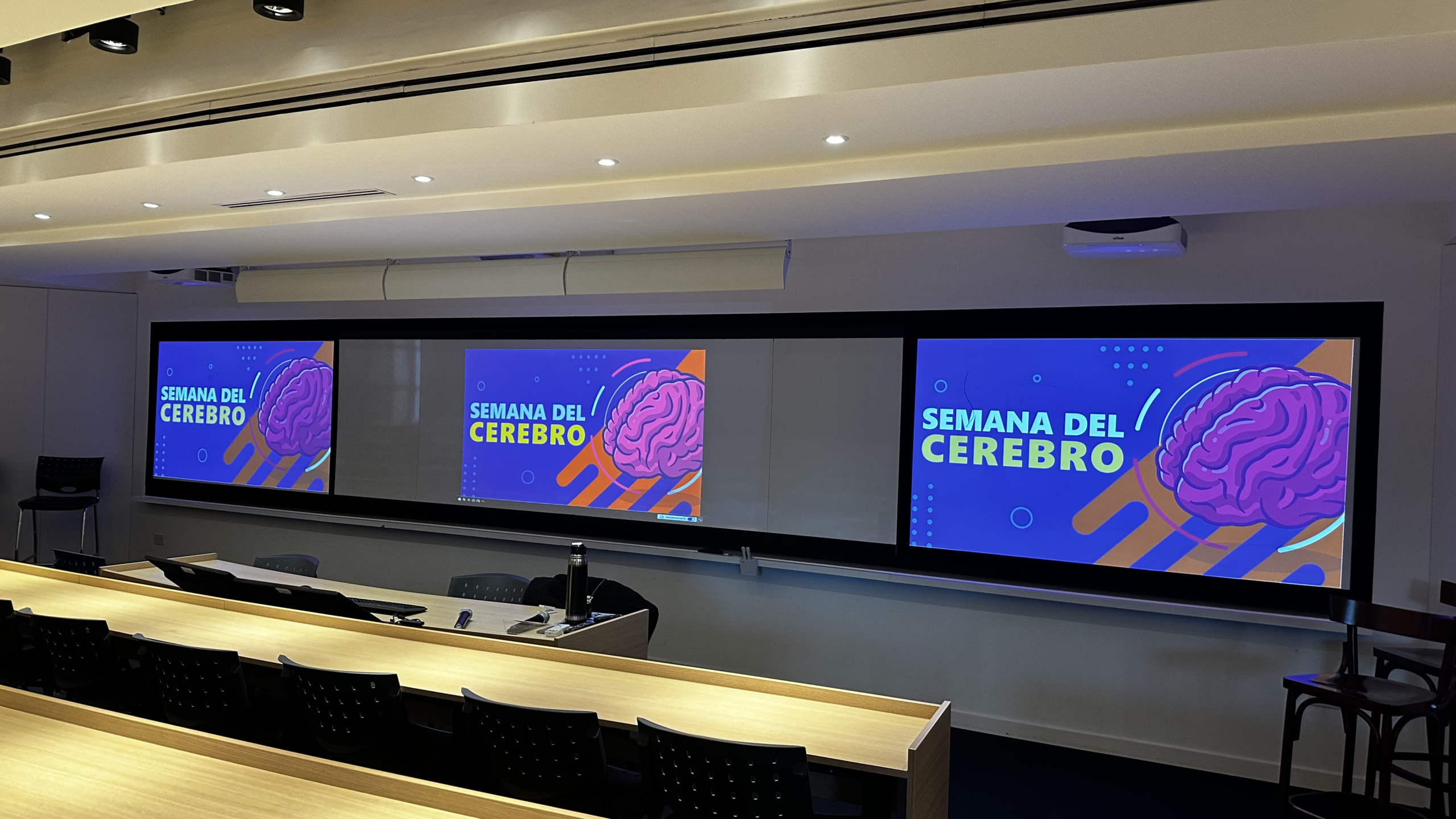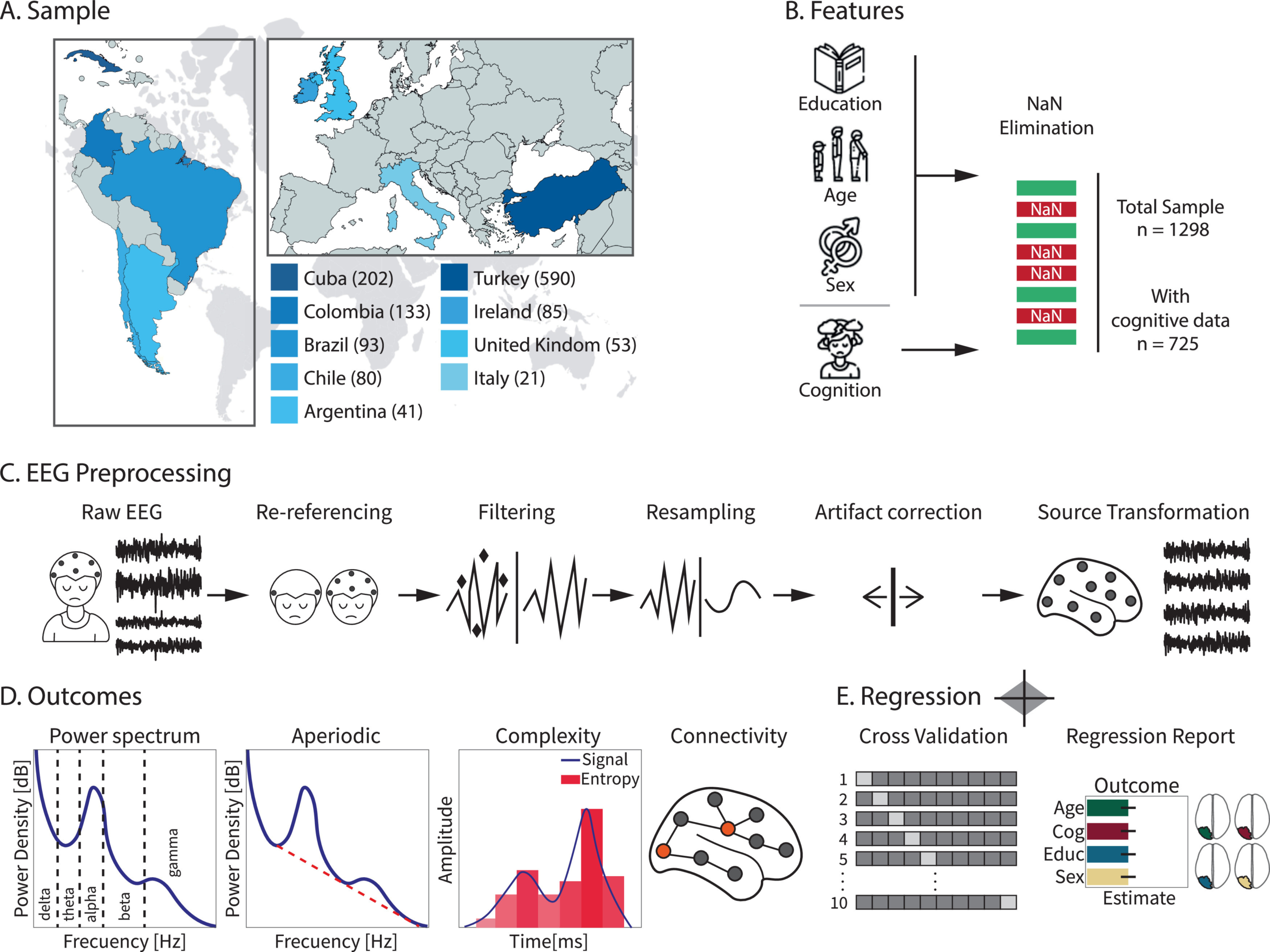Aprender una segunda lengua podría modificar la configuración del cerebro
En la actualidad, más de la mitad de la población mundial es bilingüe. En Argentina, la enseñanza de lenguas extranjeras forma parte de la currícula nacional y provincial desde el nivel primario. La dinámica social bilingüe atraviesa múltiples ámbitos de nuestra vida cotidiana, en tanto amplía las oportunidades de recreación, empleo y movilidad social. Al mismo tiempo, estudios recientes han demostrado que la activación cerebral de personas bilingües y monolingües es distinta cuando realizan las mismas tareas.
Para leer la nota completa, hacé click aquí.
Learning a second language may change brain configuration
Currently, more than half of the world’s population is bilingual. In Argentina, the teaching of foreign languages has been part of the national and provincial curricula since the primary level. The bilingual social dynamic cuts across multiple areas of our daily lives, as it expands opportunities for recreation, employment and social mobility. At the same time, recent studies have shown that the brain activation of bilinguals and monolinguals is different when performing the same tasks.
To read the full article, please click here.



